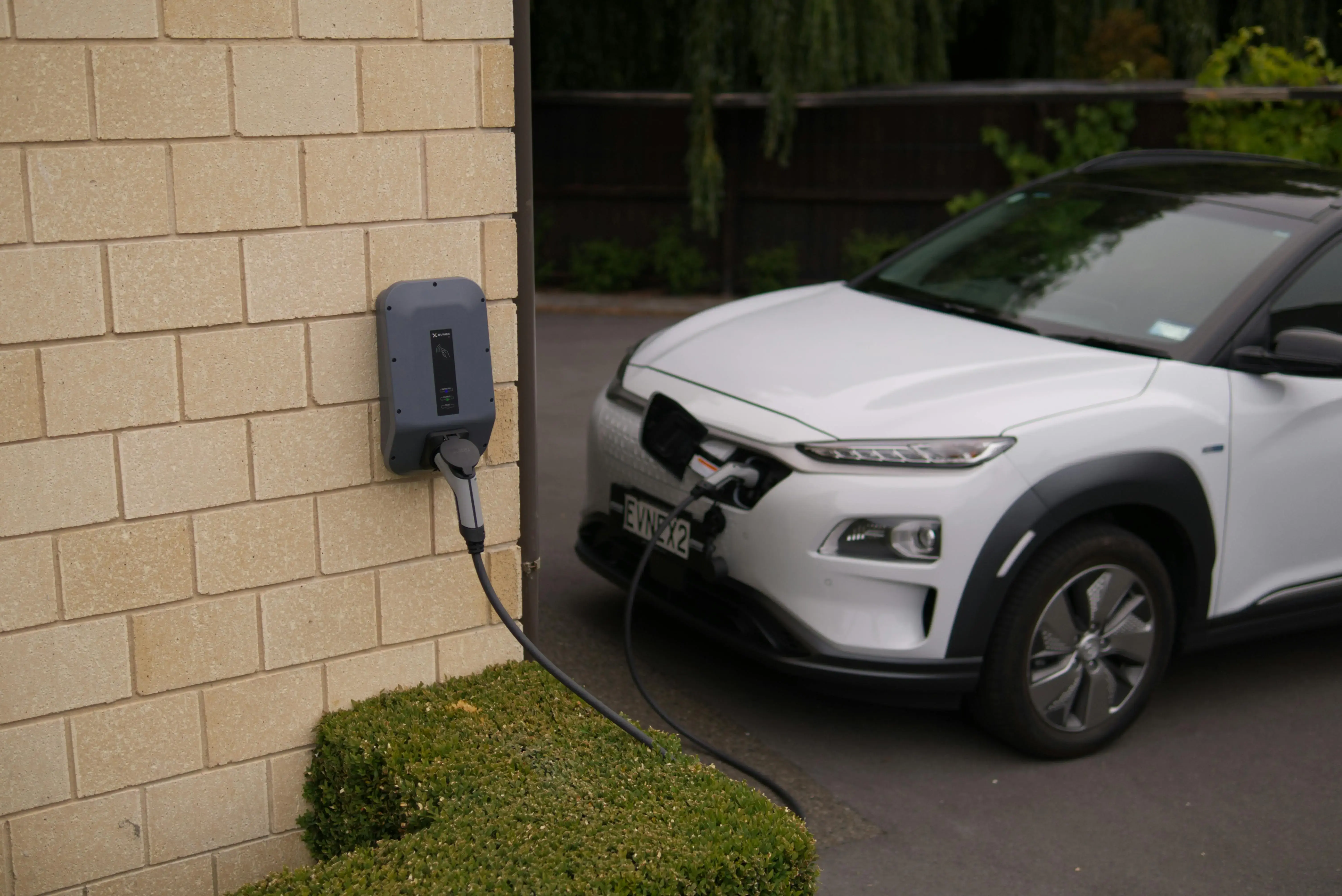How To Export A Classic American Car To Panama (2025 Update)
Important:
Panama’s rules for importing classic and vintage cars are not universally standardized, and practices can differ port-to-port, inspector-to-inspector, and by vehicle type. Everything in this article reflects recent experience and industry consensus as of late 2025, but you must confirm all requirements with your shipper and local broker before booking. For comprehensive guidance and recent trends, see our main 2025 Panama export guide and use the Panama shipping quote portal.
Classic and Collector Car Age Rules: Highly Variable
-
While many import guides and recent broker reports indicate an “age ceiling” (often cited as 10 years for regular vehicles), this is not a consistently enforced Panama-wide law.
-
In many observed cases, select ports have allowed classic or collectible vehicles (typically 25+ years old) on a discretionary basis—but no public official regulation guarantees import for classics, regardless of age.
-
These exceptions, where available, may require case-by-case pre-approval, extra documentation, unique customs processes, and are never automatic, even with perfect paperwork.
Bottom line:
All classic car exceptions “may vary by port, inspector, or vehicle type.” Consult your local agent for current practices before beginning your project.
What Panama Customs Expects for Classic Imports
1. Proving Classic Status
Be prepared to assemble:
-
Documentation proving your vehicle is typically 25+ years old (factory records, build sheets, VIN decoding, old titles)
-
Evidence of historical significance: Classic registry entries (CCCA, AACA, or marque/regional equivalents), known provenance, or recognition as a limited production/rare model
-
High-quality photographs showing originality and period-correct features
-
Restoration records or “unrestored original” documentation (before/after pictures, professional restorer letters)
-
Appraisals from internationally-recognized classic car organizations (if available)
2. Securing Special Permits (If Required)
-
At many Panama ports, classic car imports above standard age may require an additional “classic permit” or authority review.
-
Local authorities review every request and may demand physical inspection upon arrival, original documentation, and third-party professional authentication.
-
Approval is always discretionary and can change—even after booking.
Core Documentation Checklist
To minimize risk of delay or denial, ensure you have:
-
Original US title in your name, clear of liens
-
Bill of sale/professional invoice stating buyer/seller, price, and VIN
-
Complete historical chain of ownership or service records
-
VIN verification, matching all documents and factory build sheets
-
Auction sale records (if acquired at auction)
-
Passport and “Paz y Salvo” (no outstanding debts) as required for Panama residency imports
ATTT Registration, Inspection & On-Road Use
Even after clearing customs, Panama’s ATTT (Autoridad del Tránsito y Transporte Terrestre) may require:
-
Detailed safety and emissions inspection (standards may be relaxed for classics, but this varies)
-
Full VIN inspection matching all supplied paperwork to the car’s physical details
-
Confirmation of roadworthiness, including functioning brakes, lights, and basic safety systems
Classic cars lacking modern safety equipment (airbags, ABS, traction control) may sometimes pass with acknowledgment of period-correct originality—but there is no universal exemption or consistent standard. Always verify current local ATTT rules in advance.
Collector Car Taxation: Always Verify
All classic and collectible cars face Panama’s standard duty and tax structure, and potentially luxury or high-value surcharges. The exact rates—often cited as ~15%–25% of CIF value (vehicle cost + shipping)—may be adjusted depending on engine size, valuation, local regulation, or inspector opinion.
Strong reminder:
These rates are subject to change and are not always published in advance. Always confirm with a Panama-based broker or consult the Panamanian customs portal for the latest bulletins.
Key Reminders for Classic Exports
-
Classic entry is never guaranteed: All exceptions are discretionary, and can be denied by port or local authorities even if you’ve succeeded before.
-
Documentation is critical: Over-prepare with every piece of evidence about your car’s age, originality, and value.
-
Local agent support is essential: Panama’s import process is not easy to navigate without recent port experience.
For a comprehensive checklist and recent successful case studies, see our main Panama car shipping blog.
Get an Up-to-Date Panama Classic Car Shipping Quote
Don’t risk delays, denials, or unplanned costs when shipping a classic American car to Panama. Use WCS’s Panama car shipping calculator for live rates, eligibility reviews, and document guidance—specific to your vehicle, port, and booking window. Always confirm before you ship.
You May Also Like
These Related Stories

Complete 2025 Guide: Exporting Cars From The US To Panama

Shipping Heavily‑Modified Cars To Panama: What’s Allowed & What’s Not?

-093789-edited.png?width=220&height=79&name=wcs_final_logo_(1)-093789-edited.png)
